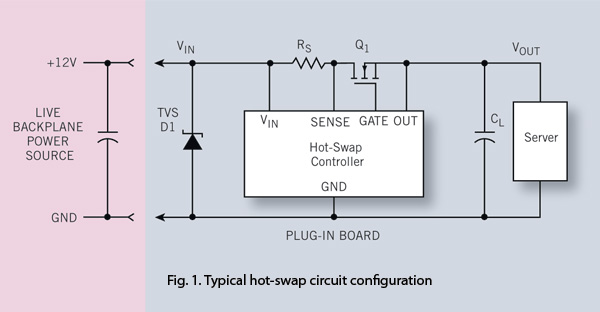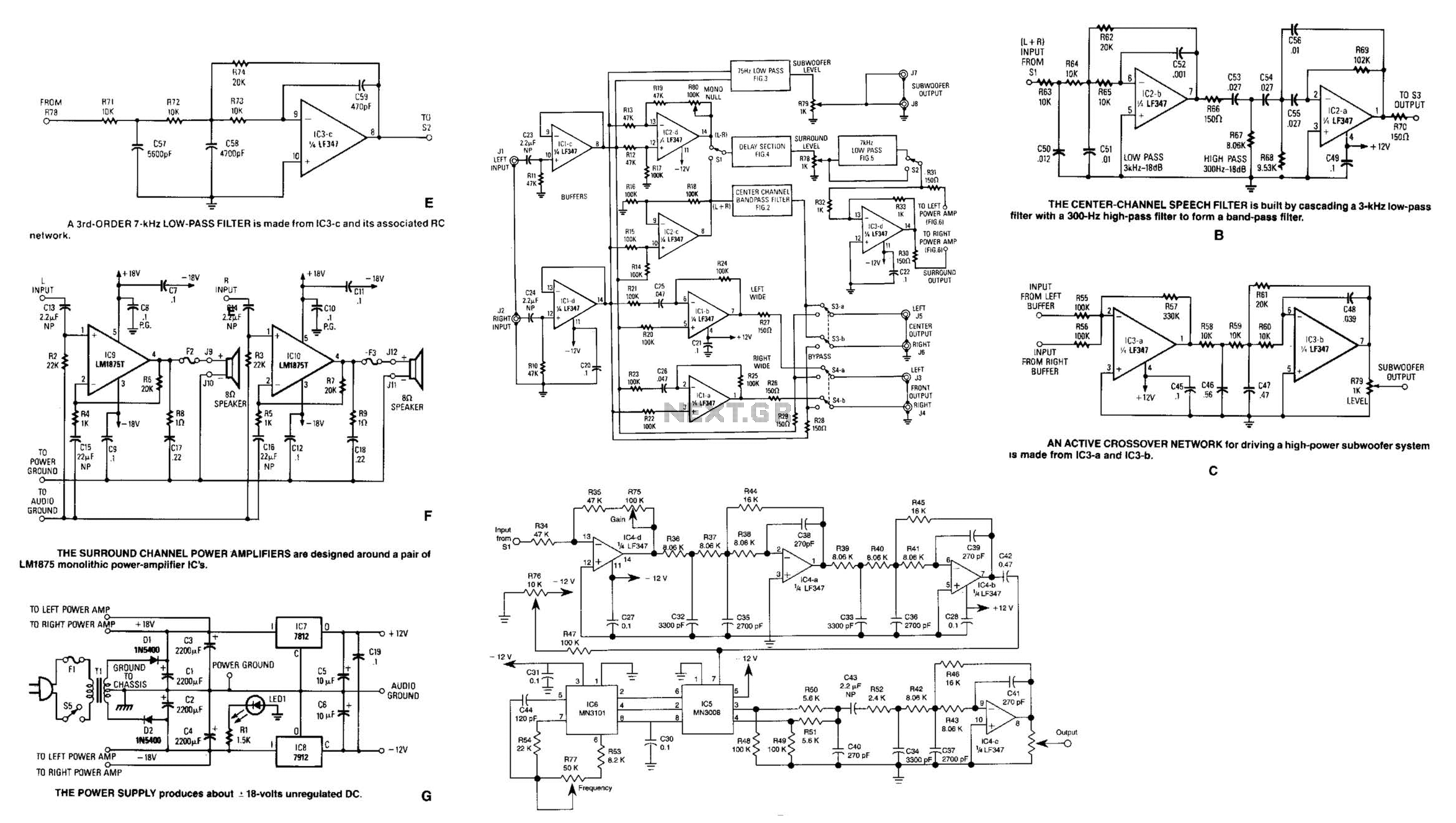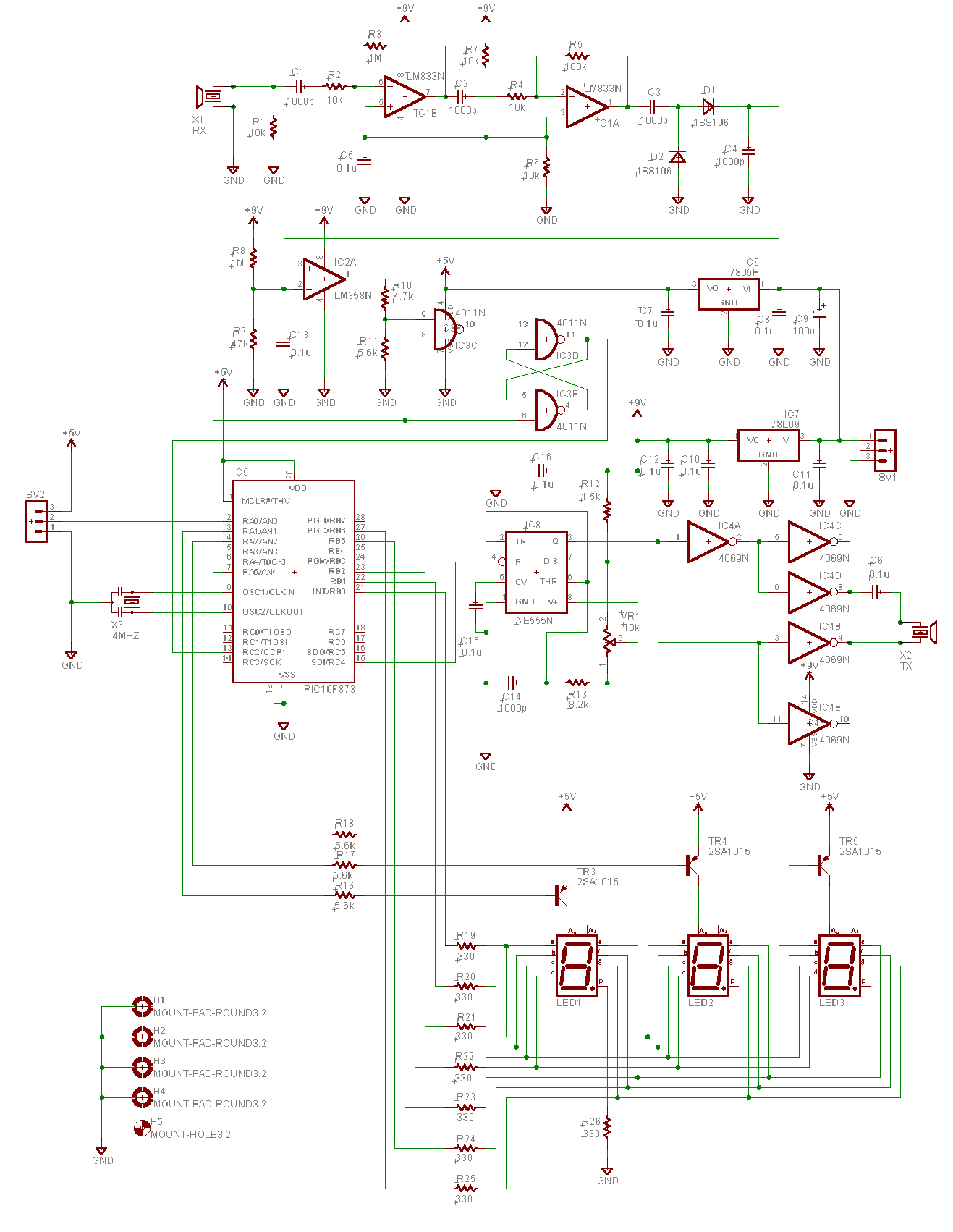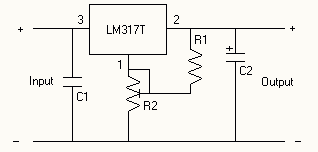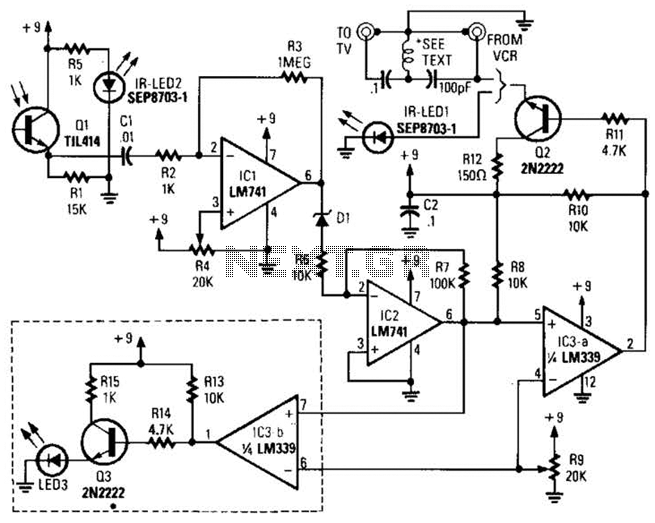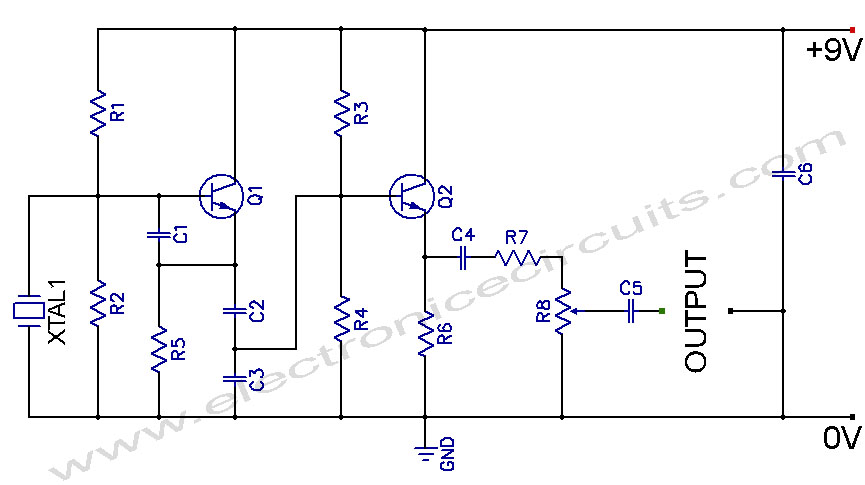
A wide range of 7 ~ 40V turn 5VDC-DC step-down circuit diagram

A wide range of 7 to 40V DC-DC step-down circuit that converts input voltage to 5V.
This circuit operates as a buck converter, designed to efficiently reduce a higher DC voltage (ranging from 7V to 40V) to a stable output of 5V. The primary components of the circuit include a switching element (typically a MOSFET), an inductor, a diode, and a capacitor.
The operation begins when the MOSFET is turned on, allowing current to flow through the inductor. As the current increases, energy is stored in the magnetic field of the inductor. When the MOSFET turns off, the inductor releases its stored energy through the diode to the output capacitor and load. The output voltage is regulated by adjusting the duty cycle of the MOSFET, which is controlled by a feedback loop. This feedback loop monitors the output voltage and adjusts the switching frequency to maintain the desired 5V output, even with variations in input voltage or load conditions.
Key specifications for the circuit design include the selection of the inductor, which must be rated for the maximum current expected in the application, and the output capacitor, which should have a low equivalent series resistance (ESR) to minimize voltage ripple. Additionally, the diode should be a Schottky type to ensure fast switching and reduce power losses during the operation.
The circuit can be further enhanced with features such as overvoltage protection, thermal shutdown, and soft-start mechanisms to improve reliability and performance in various applications, including powering microcontrollers, sensors, and other low-voltage devices.A wide range of 7 ~ 40V turn 5VDC-DC step-down circuit is as follows:
This circuit operates as a buck converter, designed to efficiently reduce a higher DC voltage (ranging from 7V to 40V) to a stable output of 5V. The primary components of the circuit include a switching element (typically a MOSFET), an inductor, a diode, and a capacitor.
The operation begins when the MOSFET is turned on, allowing current to flow through the inductor. As the current increases, energy is stored in the magnetic field of the inductor. When the MOSFET turns off, the inductor releases its stored energy through the diode to the output capacitor and load. The output voltage is regulated by adjusting the duty cycle of the MOSFET, which is controlled by a feedback loop. This feedback loop monitors the output voltage and adjusts the switching frequency to maintain the desired 5V output, even with variations in input voltage or load conditions.
Key specifications for the circuit design include the selection of the inductor, which must be rated for the maximum current expected in the application, and the output capacitor, which should have a low equivalent series resistance (ESR) to minimize voltage ripple. Additionally, the diode should be a Schottky type to ensure fast switching and reduce power losses during the operation.
The circuit can be further enhanced with features such as overvoltage protection, thermal shutdown, and soft-start mechanisms to improve reliability and performance in various applications, including powering microcontrollers, sensors, and other low-voltage devices.A wide range of 7 ~ 40V turn 5VDC-DC step-down circuit is as follows:
